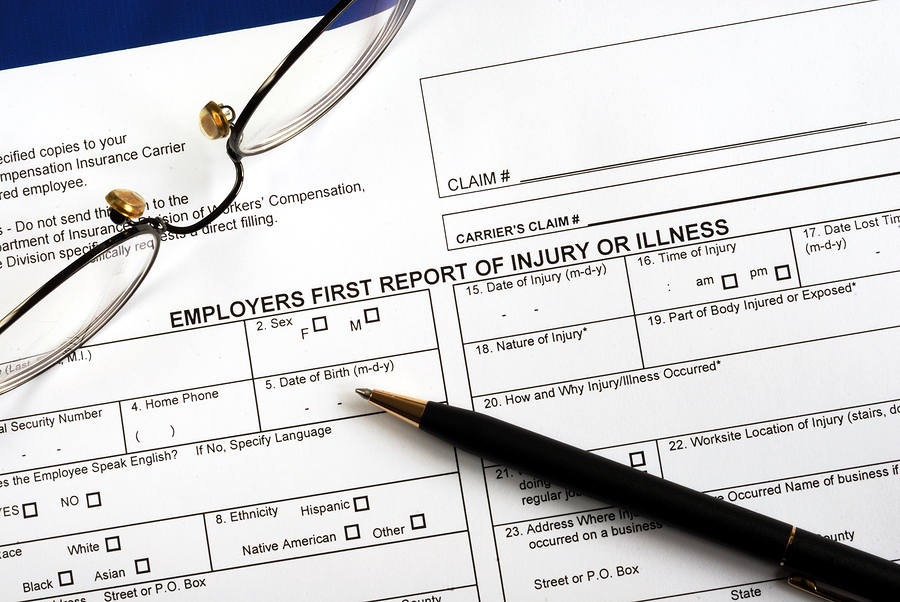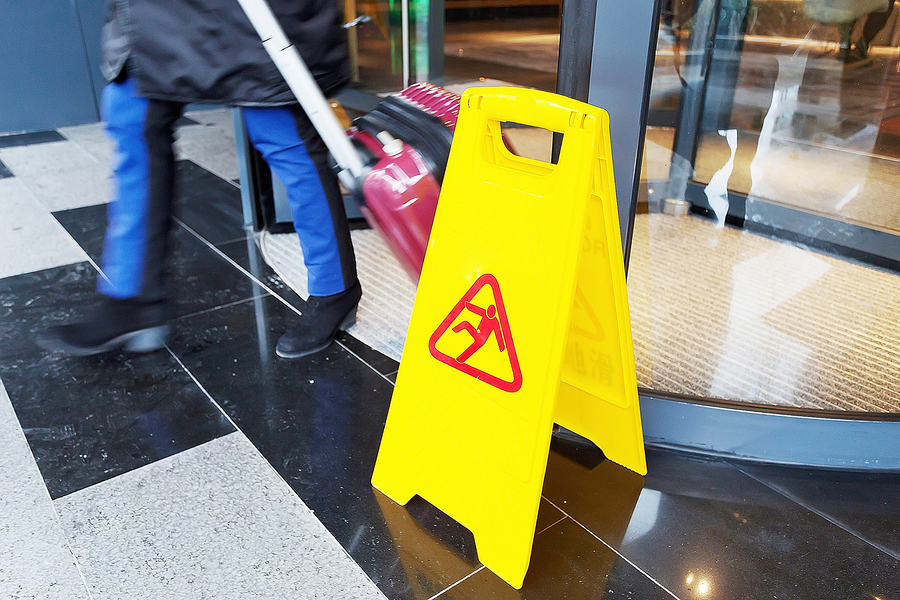When a receptionist trips over a power cord in an office and sprains a wrist, who pays the price? When a construction worker falls off a scaffold and suffers a debilitating back injury, who shoulders the burden? When an ICU nurse develops chronic pain as a result of years of moving patients without proper assistive equipment, who weathers the financial blow? According a recent report from the Occupational Safety and Health Administration (OSHA), the answer may not be what you imagine.
Most of the costs of workplace injuries are borne by the injured workers, their families and the social safety net (funded by taxpayer dollars). Employee’s out of pocket costs average 50 percent, while worker’s compensation generally only covers about 21 percent. Private health insurance (13 percent), federal government (11 percent) and state and local government (5) have to pick up the rest.
With little incentive—other than avoiding negative press and OSHA fines—for maintaining a safe workplace, some employers do little to protect their workers. Despite the Occupational Safety and Health Act—now more than 40 years old—more than three million workers are seriously injured each year. Thousands of others are killed while on the job. And the employees—and their families—may be left to face financial devastation.
“What about worker’s compensation?” you ask.
According to the OSHA report, while workers’ comp insurance was designed to cover lost wages, some medical expense, and the rehab costs associated with work-related injuries, it rarely provides adequate protection. One study cited by OSHA found that injured employees who received workers’ compensation benefits for wage loss caused by workplace accidents in New Mexico lost an average of 15 percent of the wages they would have earned over the decade following their injury. Despite benefits, their incomes were, on average, nearly $31,000 less over those ten years.
Adding insult to injury, other studies cited by OSHA in the report found that only a fraction of injured workers receive any workers’ compensation benefits at all. They estimate fewer than 40 percent of eligible workers actually apply for benefits—perhaps because they do not realize they are entitled or because they are afraid of the hassle. Some file for Social Security Disability Insurance benefits instead.
A tax-payer funded program, the number of Social Security Disability Insurance beneficiaries and the amount of benefits paid has increased dramatically in recent years according to the OSHA report. They postulate that at least part of the growth is attributable to the program’s subsidy for work injuries and illnesses, citing a study that found 36 percent of disabled individuals who had to limit or modify the kind or amount of work they do said they became disabled because of an accident, injury or illness at work.
So what can you do as an employer to reduce the societal costs—paid by your employees and other taxpayers—of unsafe workplaces? The answer is simple: increase your efforts to prevent workplace illnesses and injuries. Not only are you required by law to do so, but providing your employees with a safe workplace spares them the financial hardship and loss of future income associated with job-related accidents.
Whether you need to create a workplace safety program or would like a review of your current policies and procedures, we’re here to help. Give us a call for assistance or answers to any workplace safety questions.



